Chapelle de la Bonne Nouvelle, Esson
Location
The location map and aerial view open in a new window. | |
Note: Click on a photograph to see it displayed in a bigger size.
History
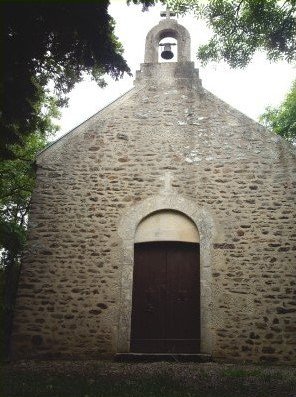
This chapel, with its full name of the Chapel of Notre-Dame (Our Lady) of la Bonne Nouvelle (Good News), sits on a hill just outside the village of Esson in Calvados. Originally built by William the Conqueror in the eleventh century, the current building dates from the nineteenth century.
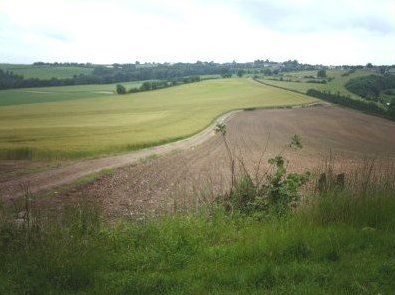
The chapel is located not far from the town of Thury-Harcourt, or from the village of Caumont-sur-Orne which is on the D562 from Thury-Harcourt to Condé-sur-Noireau. There are signs in the village of Caumont-sur-Orne indicating the route to the chapel, and signs along the route too, including one pointing along what appears to be a farm track through the fields. Believe it!
The original chapel was built by William the Conqueror in the eleventh century in order to celbrate or commemorate some event. What that event was is uncertain. It could have been the announcement of a birth, or a victory in battle, or the defeat of an enemy.
William's building was destroyed in 1794, and the current one was built in the early 1820s, with restoration work being carried out in the 1890s.
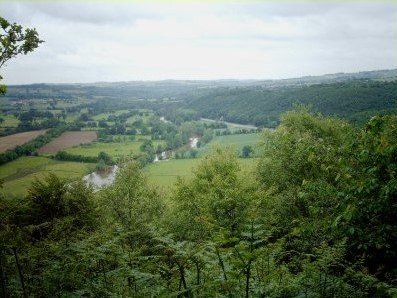
The chapel is situated well off the beaten track, with a trip of several hundred yards across what is just a dirt track through the middle of fields, before arriving at a level parking area from which a walk up th short, but steep and rugged, path to the building itself takes you into a wooded area.
In addition to the chapel itself there is also a stone cross some fifty yards or so from the chapel. From a vantage point close to the cross, it is possible to look out through a gap in the trees and undergrowth over the valley of the river Orne as it winds its way northwards towards Caen and the sea.
The Legend
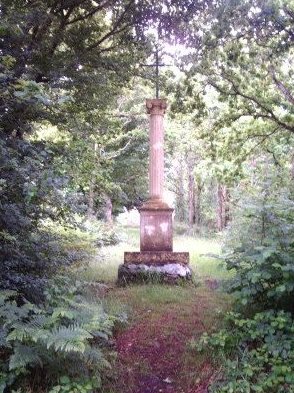
The legend surrounding the chapel is that while William was spending time in his newly-conquered kingdom of England, he left the Duchy of Normandy under the care of his wife Mathilda, assisted by a man named Grimoult. When William returned to Normandy he was convinced that they had betrayed him, for which he blamed Mathilda and so punished her harshly and unjustly. But after having discovered the innocence of Mathilda and the guild of Grimoult, William, mad with rage, set out to pursue the traitor who had already fled. The chase led them to Esson. There they questioned a shepherd who pointed out to the pursuers the direction in which Grimout had gone. “Good News!”, eclaimed William (“Bonne Nouvelle!”), as he gallopped off in pursuit. They soon tracked down Grimoult and tortured him to death at the place where he was captured.
Religious Connections
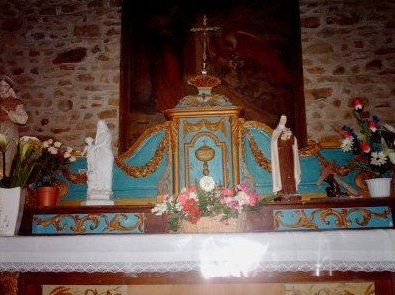
The chapel with its connections to the Roman Catholic church, is dedicated to Notre-Dame (Our Lady - that is, Mary). There are also statues to other saints in the church, such as to Sainte Honorine. She is a much-revered martyr in the Normandy region, with many village names in that area including her name as part of the village name. It is said that she was martyred in around 303 during the persecutions that took place during the reign of the Roman emperor Diocletian (reigned 284 - 305). There are various spots that claim her martyrdom. One such place is Mélamare, between Lillebonne and Harfleur on the northern banks of the river Seine. Another place is in the area to the south of the Seine known as the Pays d'Auge.




 Contact Us
Contact Us Location Map
Location Map Aerial view
Aerial view